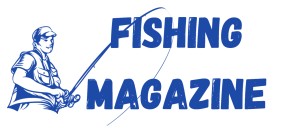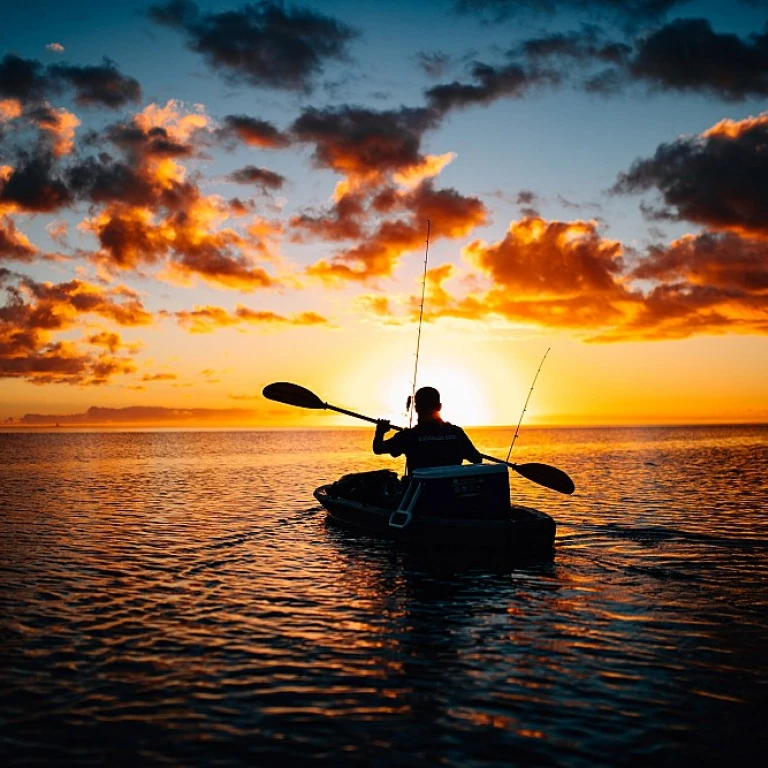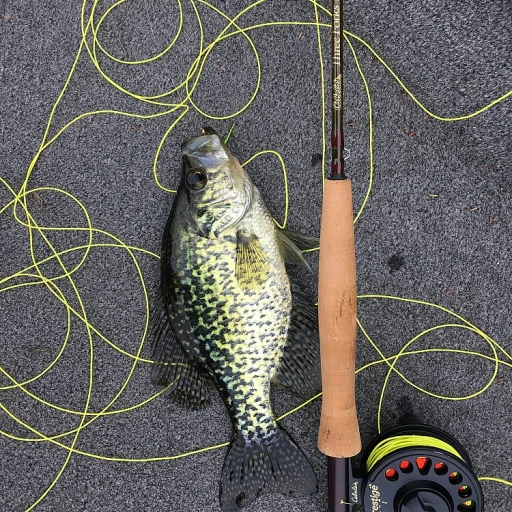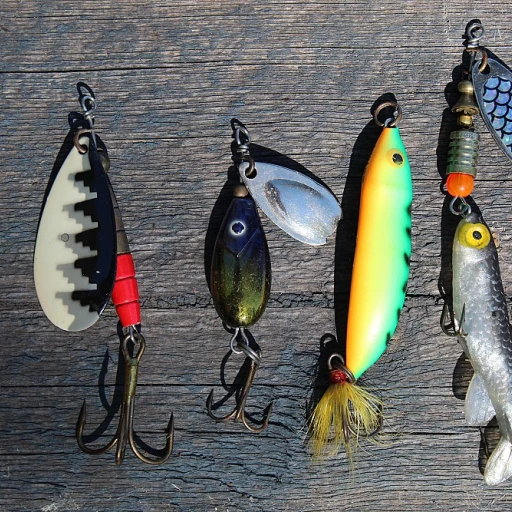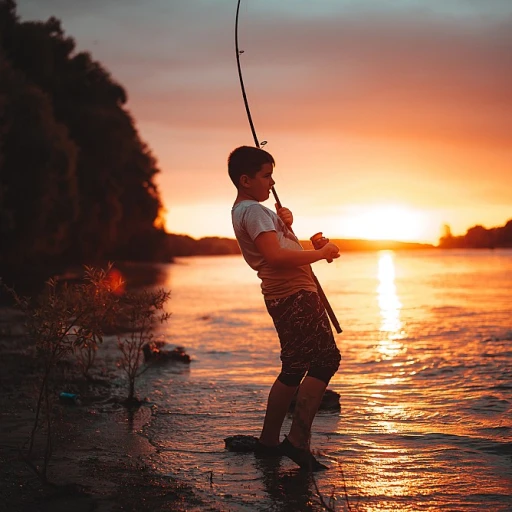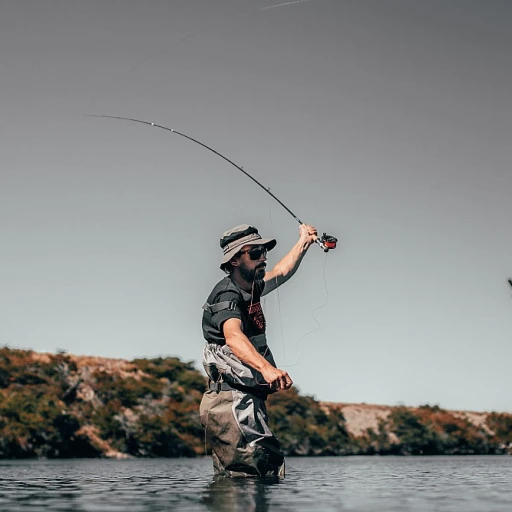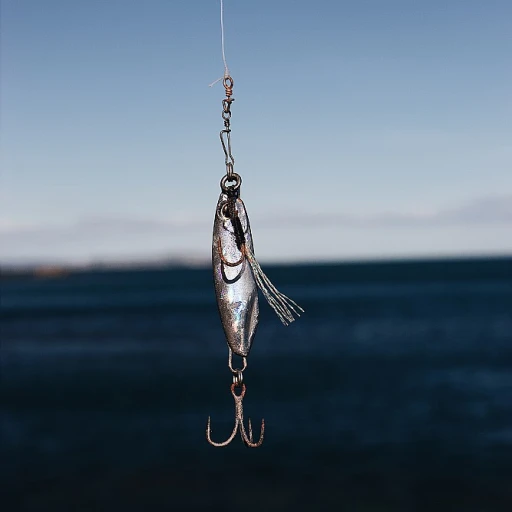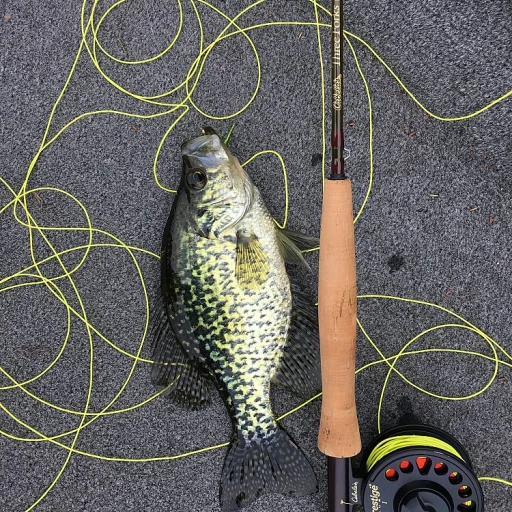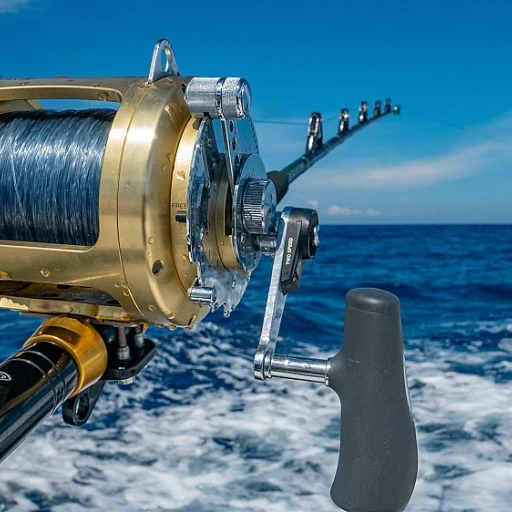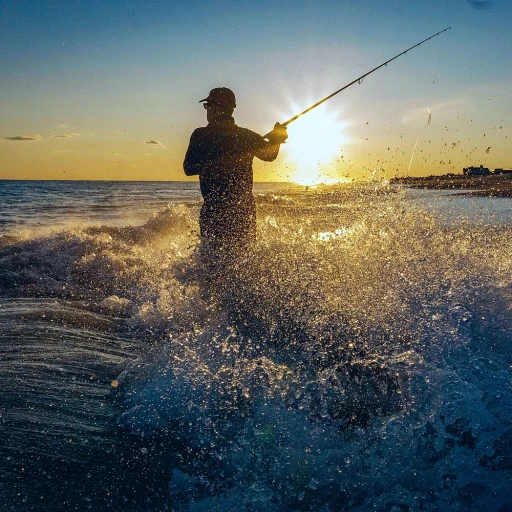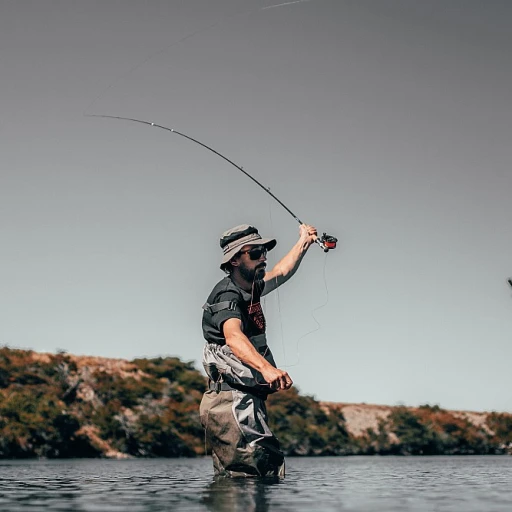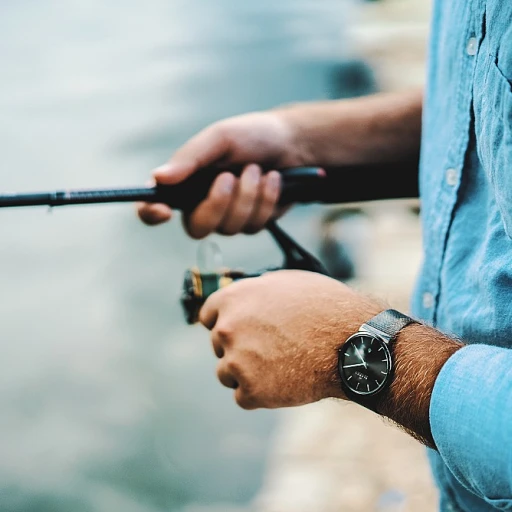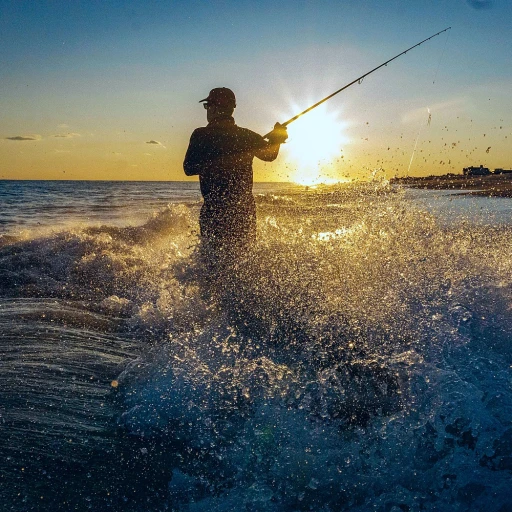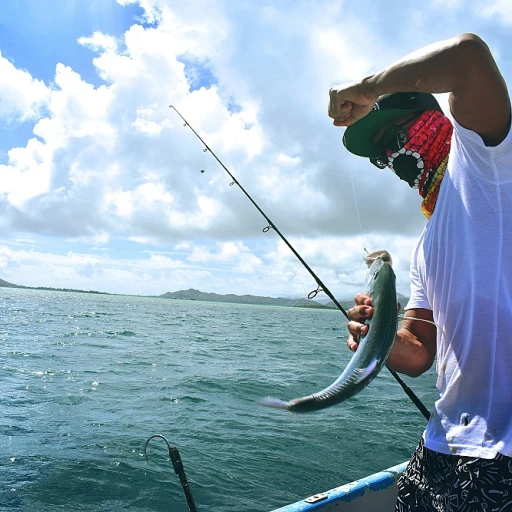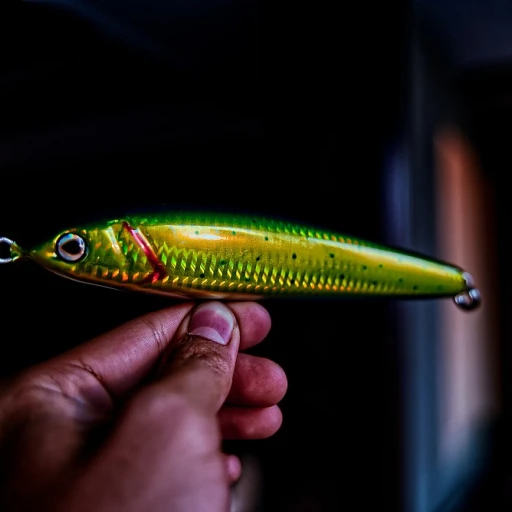
Understanding the Importance of a Fly Fishing Vest
The Role of the Fly Fishing Vest in Your Gear Arsenal
A fly fishing vest is more than just a piece of clothing; it's an essential component of your fishing experience. These vests serve as an organized storage system that keeps all your essential fishing gear within reach, ensuring you spend more time casting and less time rummaging through your pack. The array of pockets and compartments designed specifically for various tools like fly boxes, tippet spools, and fly reels allows you to tailor your storage to meet your unique needs.
Fly fishing doesn't just involve casting a line with a rod; it entails understanding the intricate tools that make each expedition successful. As you're out by the water, whether it's a serene lake or a rushing river, a well-organized fly vest keeps you prepared for whatever challenges the outdoor conditions might present. From weather changes to unexpected snags, having the best gear readily accessible could make all the difference in your day.
Another important aspect to consider when choosing a vest is the type of fly fishing you'll be engaging in, as well as the environment you'll find yourself in most often. For instance, opting for a lightweight vest with chest or sling pack options might suit you better if you need agility and ease of movement. Alternatively, a guide vest or vest with plenty storage might be ideal for longer trips.
Understanding how your vest fits into your overall equipment strategy is essential. Be sure you can rely on it for both comfort and utility. This means considering additional features such as adjustable straps, comfort linings, and good distribution of weight for those full days by the water. To gain more insight into the technical aspects of fly fishing, check out our guide on the role of midge pupa in fly fishing.
Key Features to Look for in a Fly Fishing Vest
Essential Features that Make the Difference
When it comes to choosing the right fly fishing vest, understanding key features can significantly enhance your fishing experience. A good vest serves as an organizational powerhouse, providing easy access to your fly fishing gear while keeping your hands free and improving mobility.
- Pockets and Storage: The best fly fishing vests offer plenty of storage options. Look for vests with numerous pockets, including specialized pockets for fly boxes, tippet spools, and fly reels. This ensures you have everything you need within reach, whether you’re in calm water or dealing with a fish on the line.
- Material and Weight: Lightweight materials such as mesh can offer great comfort, especially when fishing in warm weather. A good vest should balance durability and weight, keeping you comfortable throughout your fishing trip.
- Water Resistance: Fishing often involves water exposure, so a vest with water-resistant features is invaluable. Look for vests that repel moisture, keeping your flies and other gear dry.
- Customization Options: Some vests come with removable or adjustable chest packs, sling packs, or hip packs. This added versatility helps in customizing the vest according to your specific needs.
- Breathability: Nothing is more distracting than overheating while trying to focus on your fly tying skills. Breathable fabric technology incorporated in vests like those from Orvis or Simms ensures you stay cool and focused.
Evaluating these features will guide you to the right vest, ensuring you find a model that not only fits well but also complements your fly fishing style and environment. For further details on fine-tuning your gear setup, consider exploring this guide that aligns the needs of every recreational fisherman.
Comparing Different Types of Fly Fishing Vests
Explore the Different Variations of Fly Fishing Vests
Understanding the range of options available when it comes to fly fishing vests can greatly improve your experience out on the water. Each type meets different needs, ranging from the simplicity of storage to specialized gear accommodation.- The Traditional Vest: A classic choice for many anglers, the traditional vest offers plenty of pockets for efficiently storing flies, tippet spools, and fly lines. Its balanced weight distribution and robust design make it a good option for those who carry various fly fishing gear.
- Chest Pack: For those looking for a lightweight alternative, the chest pack is a great go-to. Compact yet capable of holding essentials like fly boxes and fly reels, this option enhances mobility without sacrificing ease of access to your necessities.
- Sling Packs: Combining the best of both worlds, sling packs provide a versatile gear-carrying solution. With a single shoulder design, they allow for quick swings around the front, offering easy reach into your fly vest or guide vest options.
- Vest Pack: These are advanced versions of the traditional vest, integrating additional storage and fit features. Often coming with modular attachment options, they offer customization according to your activities.
- Hip Pack: Ideal for anglers aiming for minimalism, hip packs are perfect for shorter expeditions, providing essential storage for fly tying tools and perhaps a lightweight fly rod.
Top Brands and Models in the Market
Top Brands and Models That Stand Out
When it comes to choosing the best fly fishing vest, a few brands consistently lead the market with their innovative designs and commitment to quality. These industry leaders offer a variety of vests to suit different fishing styles, whether you're looking for a vest pack or something more lightweight. Here are a few notable options:- Orvis: Well-regarded among anglers, Orvis fishing vests provide plenty of storage options and utilize high-quality materials. Their vests are designed with numerous pockets in various sizes, which are ideal for storing fly boxes, fly reels, and even tippet spools. Orvis also offers chest packs and hip packs for those who prefer a more compact approach.
- Simms: Known for creating great gear, Simms offers an excellent range of vests that include both traditional fishing vests and more modern solutions like sling packs. Simms vests often feature durable and water-resistant fabrics to ensure longevity and protection against the elements. Their designs focus on enhancing the fishing experience by providing easy access to fly rods and other essential gear.
- Patagonia: This brand is synonymous with sustainable and lightweight gear. Patagonia fishing vests cater to those who prioritize environmental responsibility without compromising on quality. They offer sleek and functional pockets, ideal for carrying flies and other accessories, with plenty of room for customization.
- Fishpond: Combining innovation with above-par craftsmanship, Fishpond provides vests with excellent storage capabilities. Their guide vests are perfect for fly fishing experts who need to carry extensive gear, such as fly lines and fly tying tools, while maintaining a good balance and comfort.
Tips for Maintaining Your Fly Fishing Vest
Keeping Your Fly Fishing Vest in Top Shape
Ensuring the longevity of your fly fishing vest can significantly elevate your trips on the water.
- Regular Cleaning: After every trip, especially if you've been in saltwater or muddy areas, clean your vest thoroughly. This helps avoid wear and tear on the material, extending the life of the vest.
- Pocket Management: Empty the pockets after each fishing session. This not only prevents smells from developing but also keeps your gear organized for the next use.
- Inspect Gear Hooks: Regular checks on hooks and zippers ensure they haven't been compromised by rust or damage, allowing for optimal functionality.
- Water Exposure: If your vest gets wet, let it dry completely before storing to prevent mildew. Hanging it in a well-ventilated area can help speed up the process.
Following these simple maintenance tips will help keep your fly fishing vest in good working condition, making sure you're always ready for your next adventure with your vests and packs.
